M – PLEIADES SACRED SPIRIT – THE EAGLE AND THE CONDOR : Joy Harjo – The First Native American U.S. Poet Laureate
.

CENTRAL SUN
TRANSFORMATION
THE EAGLE AND THE CONDOR
.
.
The Prophecy of
the Eagle and Condor
at Turtle Lodge
.
.
Medicine Power – Sacred Spirit
.
.
FOUR HEADED SPHINX
CHRIST CONSCIOUS
You can see every side
And see the inside
.


.
ALL SEEING EYE
”LIGHT OF THE WORLD”
FROM THE PLEROMA
.

.
7 sisters …. the Pleiades
SPIRIT DANCERS
CLIMBING ON THE SHOULDERS
OF LEGENDS
.

.
A most improbable mountain comprised of sharp, near-vertical cliffs with regular furrows, it sticks up like some giant, prehistoric tree-stump.
7even young Kiowa girls who are chased by giant bears.
In an effort to escape the bears, the girls climbed atop a rock, fell to their knees, and prayed to the Great Spirit to save them.
Hearing their prayers, the Great Spirit caused the rock to rise from the ground towards the heavens so that the bears could not reach the girls.
The bears, in an effort to climb the rock, left deep claw marks in the sides which had become too steep to climb.
When the seven girls reached the sky, they were turned into the star constellation the Pleiades.
.

.
WHITE BUFFALO WOMAN
IS FROM THE PLEIADES
.
Early Dakota stories speak of the ancestors as being the Pleiades.
The Hopis called the Pleiadians the ‘Chuhukon’, meaning those who cling together.
They considered themselves direct descendants of the Pleiadians.
Navajos named the Pleiades the ‘Sparkling Suns’, the home of the ‘Black God’.
The Iroquois pray to them for happiness.
The Cree claim to have come to Earth from the stars in spirit form first and then became flesh and blood.
Some Native Americans believed that all tribes in North America came from the Pleiades.
That they were actually descendents and had been given a task by the Pleiadians to keep the Earth safe.
.

.
Very long ago, many rains before today, there was nothing but a Spirit who habited in heaven.
Only He could create life.
This Spirit made us brothers and sisters.
He is the Spirit that incarnates the Eagle and the Condor.
His wings cover us in the North; his wings warm us up in the South.
His eyes protect us from the hands of those who destroy and unbalance.
His eyes support our struggles; they survey the accomplishment of the cycles.
.


.
ELEPHANT LOLLING
ON THE SHORES OF
A NEW EARTH
.
NATURE’S VOICE
M –
Our DNA is just being fully activated and is now being seen/felt
Only for the first time
Not everything could happen at once
ITS OUR BODIES that are changing
NEW CREATION
THIS IS A NEW CREATION
INCORPORATING the corporeal
A SPECIAL BLEND
The next being creation is one I have chosen
Based on the very best possible
Our bodies will have to adjust first
And that’s that
Obviously we aren’t there yet
But it gets closer every moment
Our DNA is being activated
You are the ever changing record Richard
SAW THAT SUBMARINE …
So WWW3 didn’t happen
The CIA has to be fuming
And you posted about the bubblegum portal too
You turned THIS STARGATE THING ELECTRIC
DO IT AGAIN
I’m sure they’re so angry
You are drinking out of the chalice again
THEY ARENT ALLOWED TO USE YOUR CODES
Your energy took them out
Your energy is all powerful and it’s invincible
STUPID MALES DOING STUPID MALE THINGS
GAMES
You are turning tables again
The table did a 180 on them
FLIPITTY FLIP
THEIR Plans now seen and exposed to the LION GENERAL
ALL SEEING ONE
EYE EYE
BULLSEYE
BLACK JAGUAR
OM
GOT TO KEEP ON
.
.


.
Caral – Supe:
The oldest civilization
in the Americas
.
.
Lost Kingdoms of South America
People of the Clouds
.
Huh Bub
Archaeologist Dr Jago Cooper reveals the true character of this stunning continent through its culture, people and landscapes. There is a rich and fascinating history that has been forgotten. The Incas and the Spanish interrupted millennia of independent development of important and influential civilisations.
Across four episodes, we explore Chimor in Peru, Muisca and Tairona in Colombia, Chachapoya in Peru and Tiwanaku in Bolivia. There are temples hidden deep in the jungle, sprawling mountain citadels and long-forgotten gods and kings carved in stone. The Lost Kingdoms of South America have only just begun to relinquish their secrets.
.
.
Lost Kingdoms of South America
The Stone at the Centre
.
PART 2
.
.
Lost Kingdoms of South America
Lands of Gold
.
PART 3
.
.
Lost Kingdoms of South America
Kingdom of the Desert
.
PART 4
.
.
Joy Harjo
The First Native American
U.S. Poet Laureate
.

.
Joy Harjo
.
Poet, writer and musician Joy Harjo — a member of the Muscogee Creek Nation — often draws on Native American stories, languages and myths. But she says that she’s not self-consciously trying to bring that material into her work. If anything, it’s the other way around.
“I think the culture is bringing me into it with poetry — that it’s part of me,” Harjo says in an interview with NPR’s Lynn Neary. “I don’t think about it … And so it doesn’t necessarily become a self-conscious thing — it’s just there … When you grow up as a person in your culture, you have your culture and you’re in it, but you’re also in this American culture, and that’s another layer.”
Harjo, 68, will represent both her Indigenous culture and those of the United States of America when she succeeds Tracy K. Smith as the country’s 23rd poet laureate consultant in poetry (that’s the official title) this fall. Her term, announced Wednesday by Librarian of Congress Carla Hayden, will make her the first Native American poet to serve in the position.
“It’s such an honoring for Native people in this country, when we’ve been so disappeared and disregarded,” Harjo says. “And yet we’re the root cultures, over 500-something tribes and I don’t know how many at first contact. But it’s quite an honor … I bear that honor on behalf of the people and my ancestors. So that’s really exciting for me.”
A native and resident of Tulsa, Okla. — she is also the first Oklahoman to be named U.S. poet laureate — Harjo says the appointment is an opportunity to continue a role she has often assumed throughout her career: as an “ambassador” of poetry. The Library of Congress calls the position “the nation’s official poet” and assigns a “modest minimum” of official duties in order to enable individual projects designed “to raise the national consciousness to a greater appreciation of the reading and writing of poetry.”
“Since I started writing in 1973, I’ve almost always been on the road with poetry, and meeting people and communities … every state in the union, small and large communities, for years on behalf of poetry — and the gift that poetry brings to all of us,” Harjo says.
Harjo is the author of eight books of poetry, including the American Book Award-winning In Mad Love and War (1990). She has also written a memoir and literature for children and young adults. She has taught at the University of California, Los Angeles, and the University of Tennessee.
A new collection called An American Sunrise will be published in August. Its title poem interpolates and salutes a famous Gwendolyn Brooks poem, but imbues it with new meaning about the persistence of Native people: “We are still America. We / know the rumors of our demise. We spit them out. They die / soon.”
Born in 1951, Harjo did not have an easy start to her life as a multidisciplinary artist. Her memoir Crazy Brave discusses her father’s alcoholism, her abusive stepfather, teen motherhood, a failed first marriage and living in poverty — before finding the “spirit of poetry.”
“I needed to find my voice, I think, in order to live,” she said to Neal Conan on NPR’s Talk of the Nation in 2012.
The memoir also discusses the time that she heard Miles Davis on her parents’ car radio and experienced a transcendental moment, which she connected to her mother’s singing and her deep identification with music. Much later in life, nearing age 40, she picked up a saxophone for the first time. She has now released five albums of original music and won a Native American Music Award in 2009.
Harjo talks about her poetry as a kind of music — like making a fire by slamming two rocks together. “You hit words together with rhythm and sound quality and fierce playfulness,” she says.
But in terms of subject matter, she also sees poetry as “an immense conversation of the soul.” She says she’s driven by “justice and healing and transformation: The idea that you can … transform the images of our people from being non-human to human beings, and the ability to transform experiences that could potentially destroy a people, a family, a person to experiences that build connection and community.”
Her work often merges the global and the personal, the imagery of the natural world and that of the inner one. She speaks often not only of the diversity of humanity, but also of its unifying story, its oneness.
“To her, poems are ‘carriers of dreams, knowledge and wisdom,’ and through them, she tells an American story of tradition and loss, reckoning and myth-making,” said Hayden in a statement. “Her work powerfully connects us to the earth and the spiritual world with direct, inventive lyricism that helps us reimagine who we are.”
In “She Had Some Horses,” found in the collection of the same name, Harjo describes the many, often contradictory “horses” within a woman: “She had some horses she loved. / She had some horses she hated. / These were the same horses.”
In “This Morning I Pray for My Enemies,” which she read for NPR, she relates the sun to the heart.
And whom do I call my enemy?
An enemy must be worthy of engagement.
I turn in the direction of the sun and keep walking.
It’s the heart that asks the question, not my furious mind.
The heart is the smaller cousin of the sun.
It sees and knows everything.
It hears the gnashing even as it hears the blessing.
The door to the mind should only open from the heart.
An enemy who gets in, risks the danger of becoming a friend.
The poem appears in Harjo’s 2015 collection Conflict Resolution for Holy Beings. Harjo says that humanizing and healing will be her aims as poet laureate — “a healing of people speaking to each other, with each other,” she says.
“Communities that normally would not sit with each other, I would love to see … interchanges with poetry,” Harjo says. She suggests gathering “cowboys and Indians” for a poetry summit. “I really believe if people sit together and hear their deepest feelings and thoughts beyond political divisiveness, it makes connections. There’s connections made that can’t be made with politicized language.”
.

”UNKNOWN” ”UNKNOWN”

.



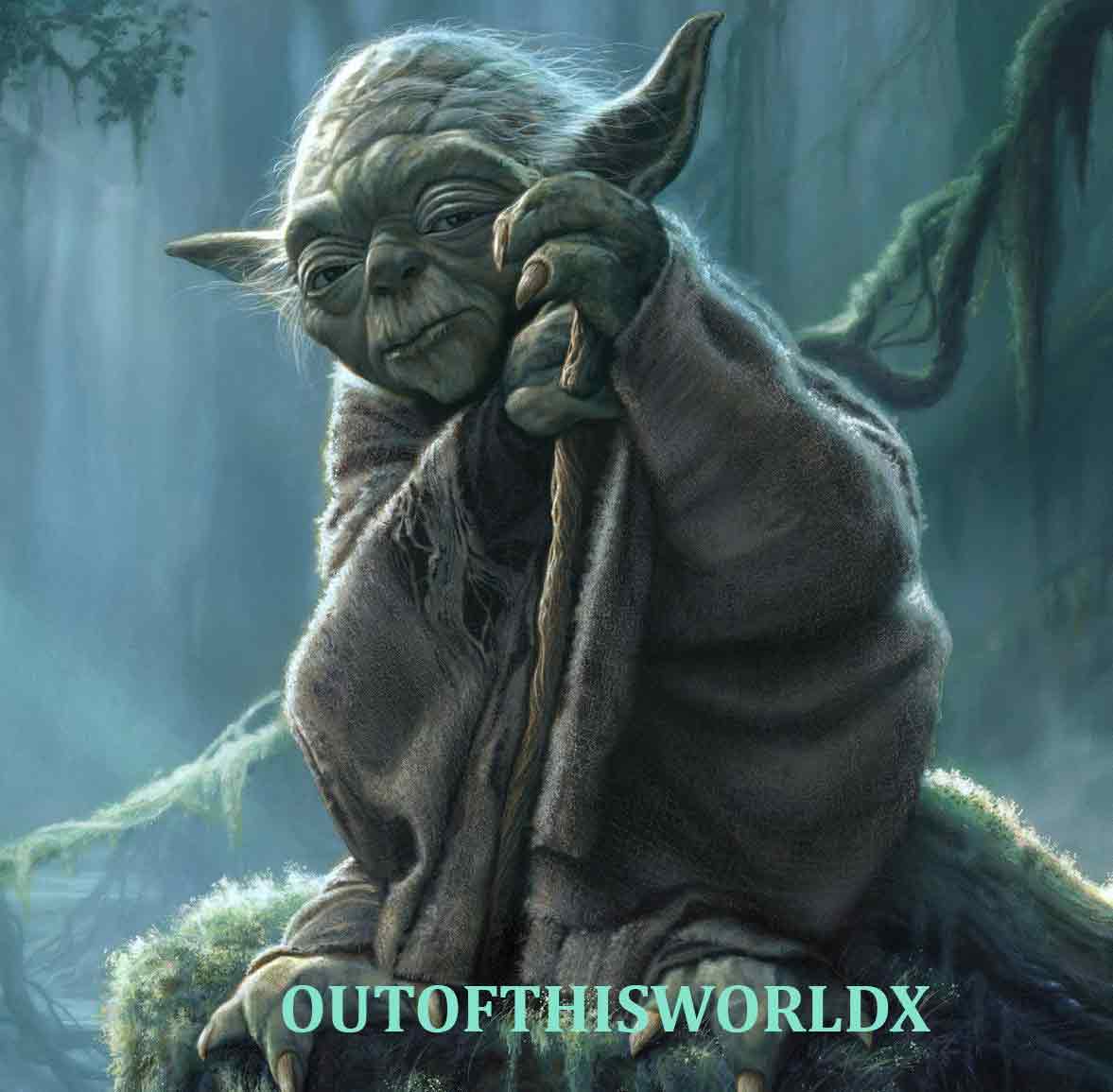

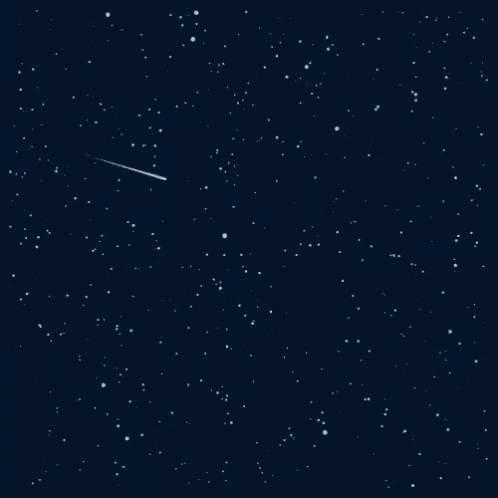






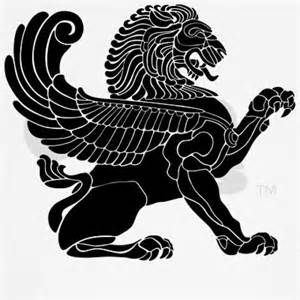

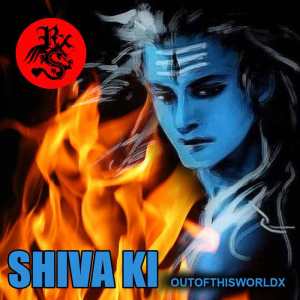
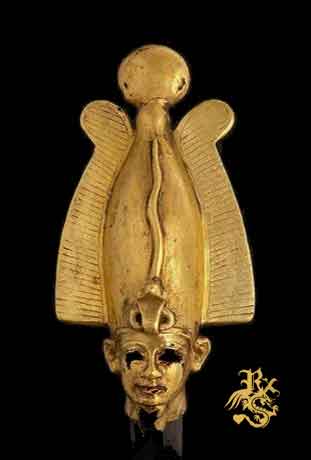
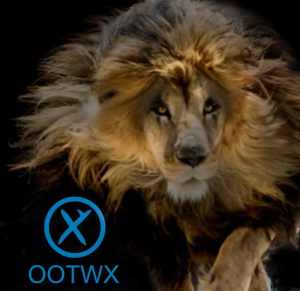




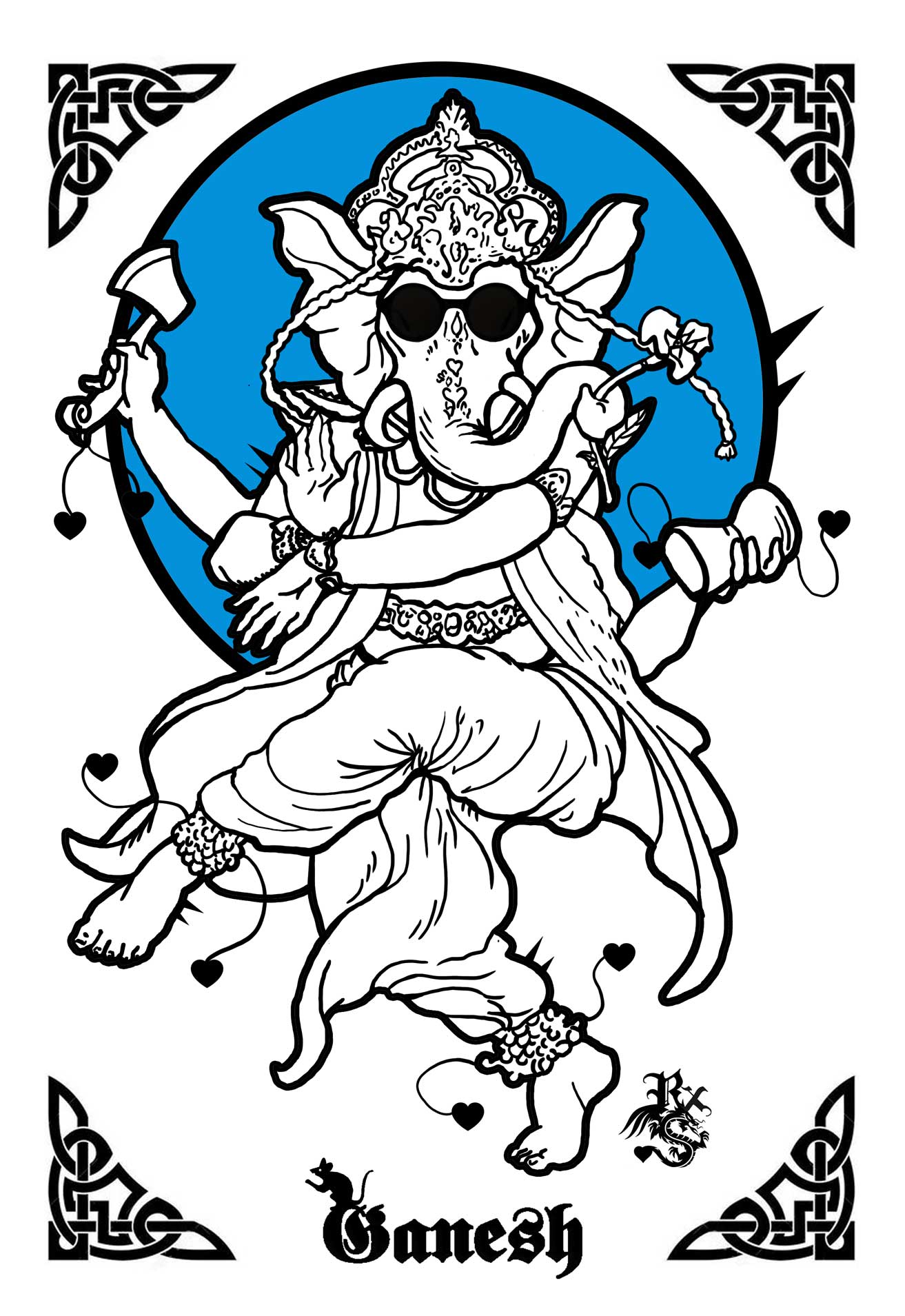
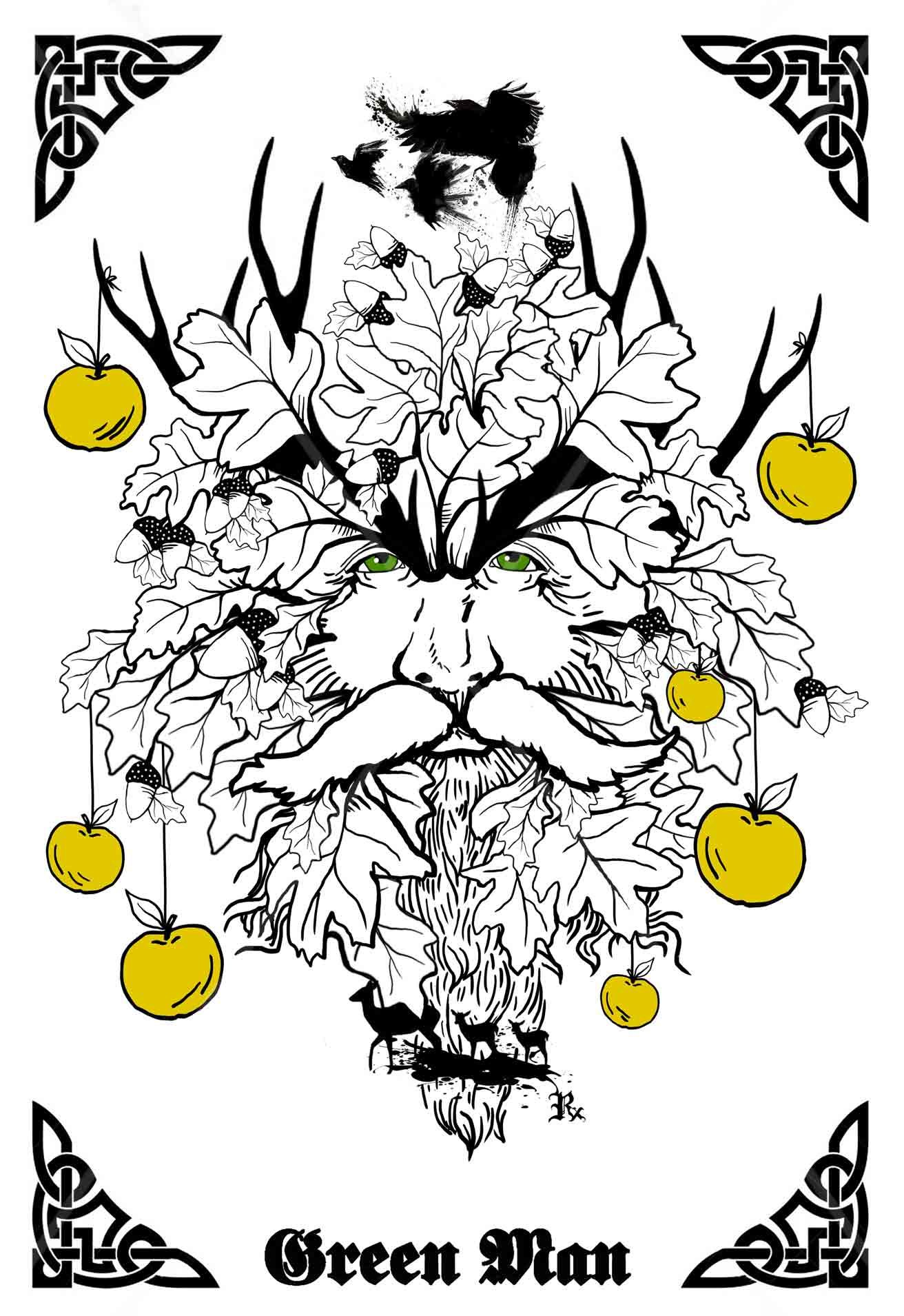



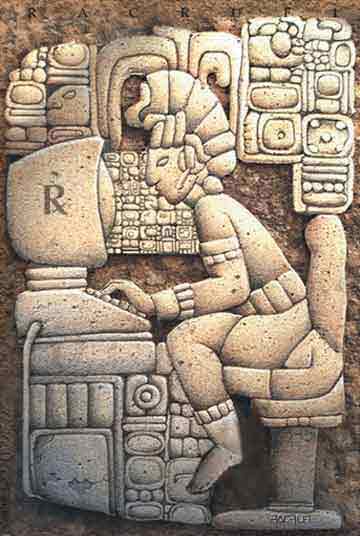

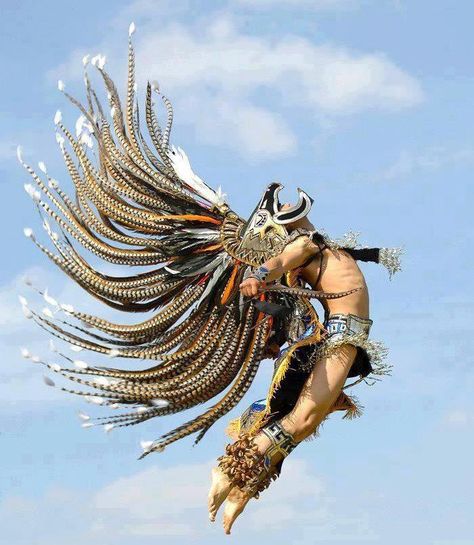
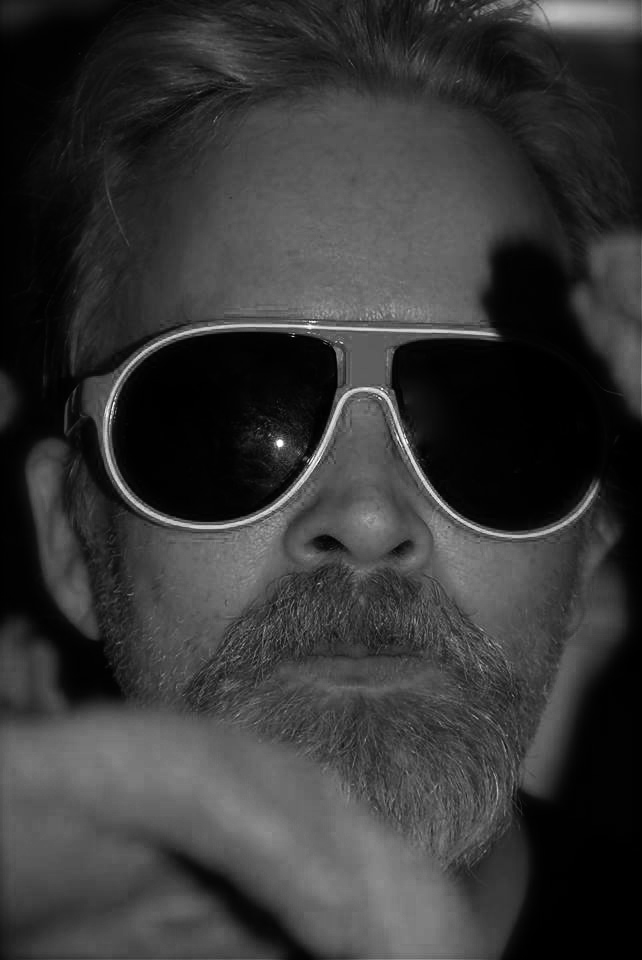

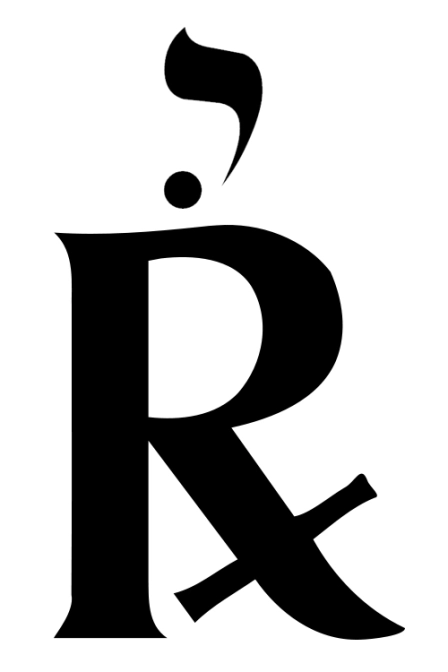










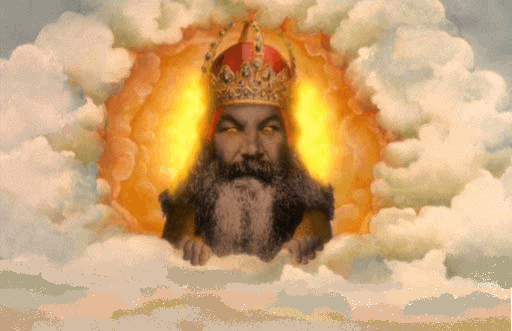


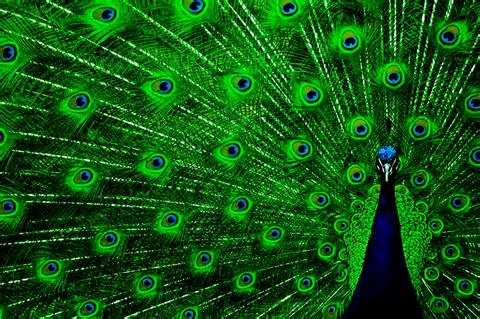
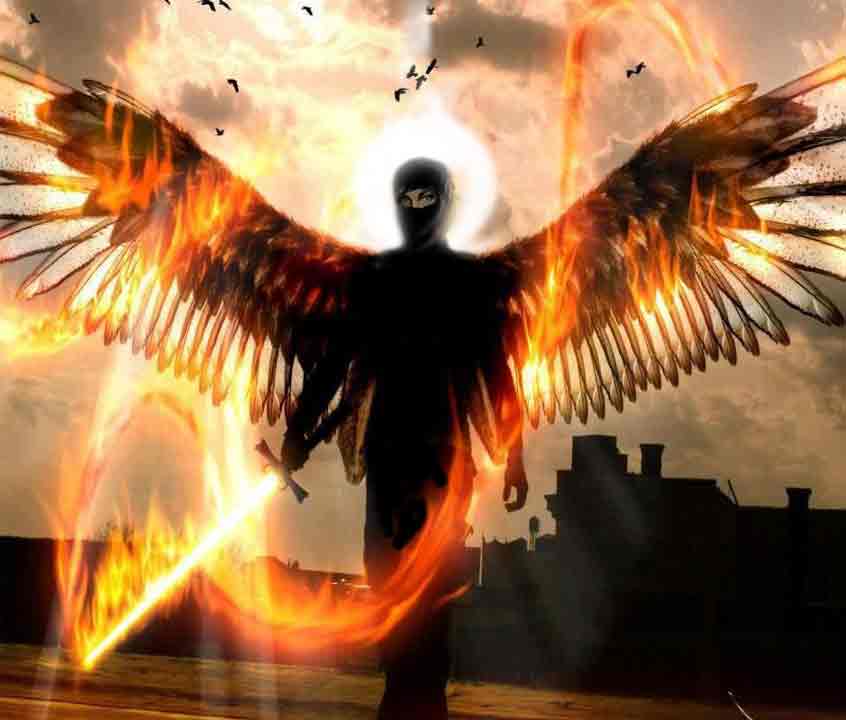
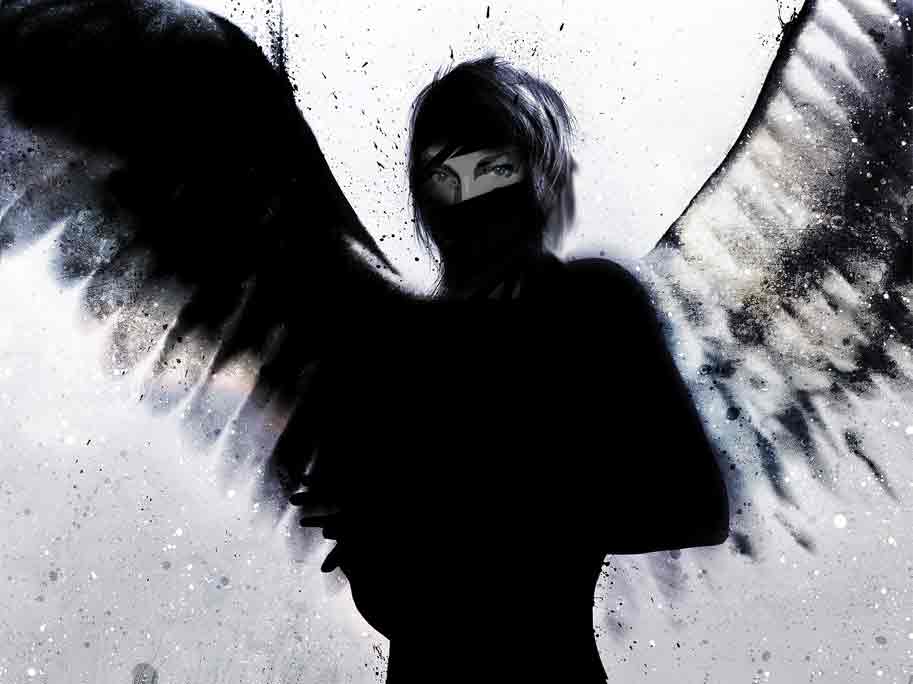
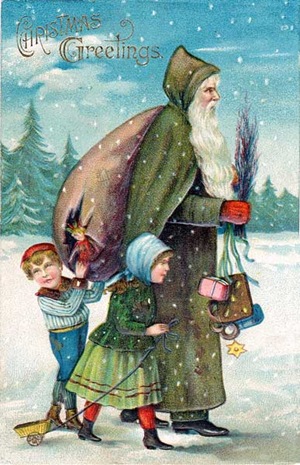



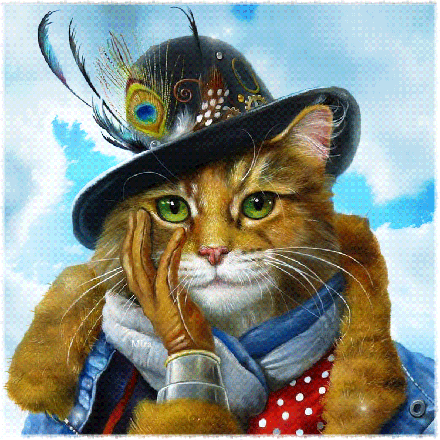

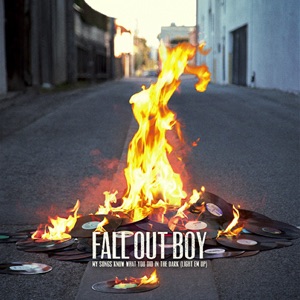

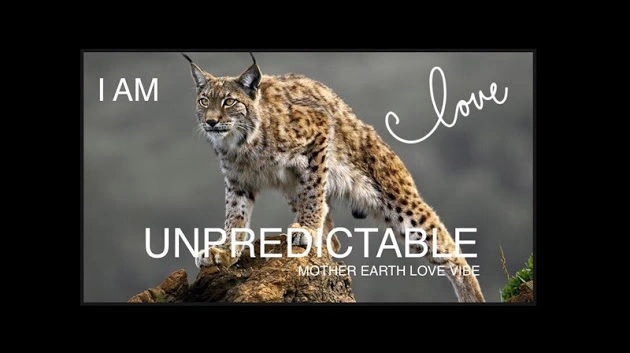

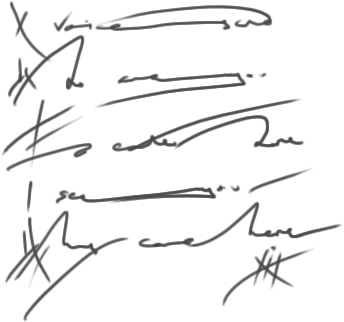






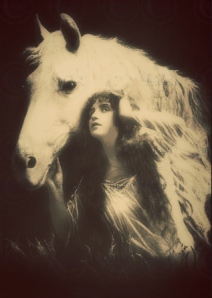


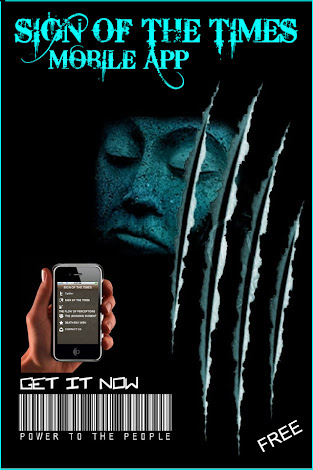
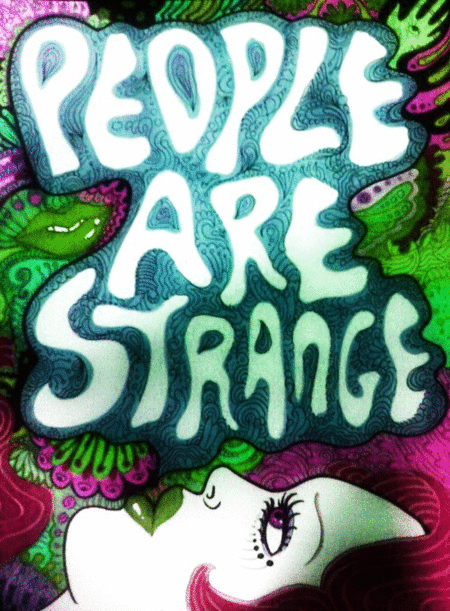

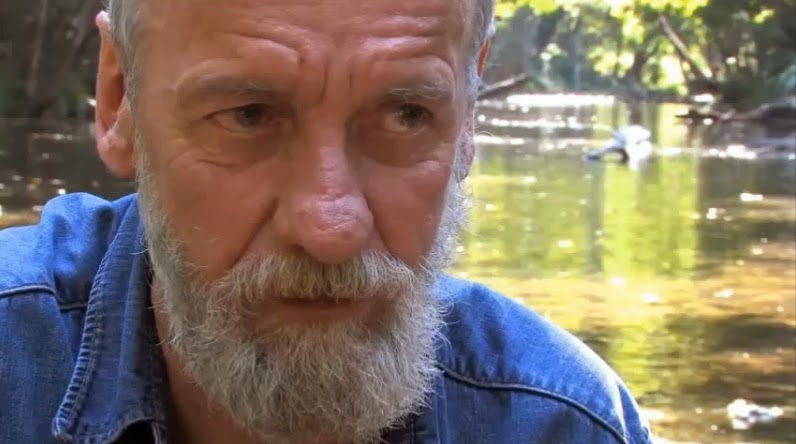
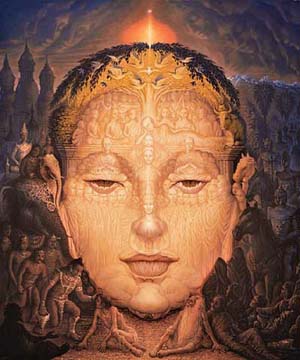
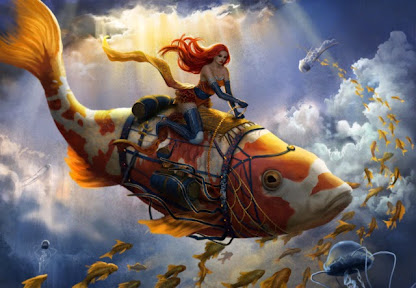


Thank you so much for this comprehensive update ! 🙂
LikeLike
Cheers ears. I’ve been fried for the past week. That exhausted feeling inside. Like some major adjustment. Body on shut down.
LikeLiked by 2 people
.
.
.
.
EL TOYS FOR BOYS
.
ZZZZAAAAPP
.
NO MORE ARCHON HEROES ANY MORE
STUPID LURKING STALKING SCORPION … HIS LITTLE PENILE SUBMARINE STUNG HIMSELF
.
Multi-spherical hull … the name was taken from a Russian cartoon character Losharik … a toy horse consisting of small spheres
.
.
A Fire Engulfs Top Secret Russian Submarine, Killing 14 Sailors
.
Losharik was built to carry out top-secret spy missions
.
.
LINK
https://www.popularmechanics.com/military/navy-ships/a28266543/russian-submarine-fire/
LikeLike